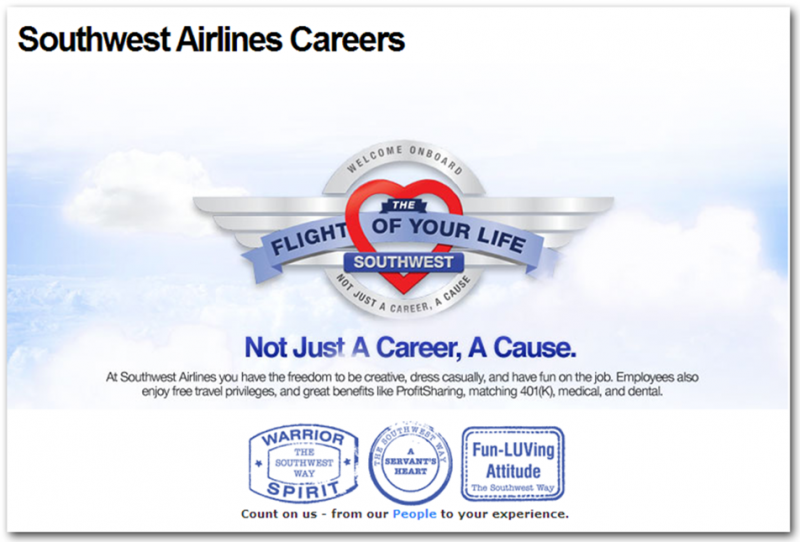Drive Customer-Centric Employee Behavior With Rewards And Recognition
In my latest report, "Drive Customer-Centric Employee Behavior With Rewards And Recognition," I describe how companies modify their reward and recognition programs to drive more customer-centric employee behaviors.
Many companies tie rewards to a rise in either Net Promoter Scores (NPS) or customer satisfaction scores. Unfortunately, that's exactly the kind of mistake that leads employees and partners to game the system. Porsche discovered that its stellar NPS was the result of dealers offering freebies to customers in exchange for higher scores. Similarly, when it noticed that satisfaction scores and comments didn't match, music retailer Guitar Center had to retool its rewards and recognition system to prevent store associates from massaging customer survey results.
My report describes the process for ensuring your rewards and recognition reinforce customer-centricity, rather than tempting employees to game the system. To avoid common pitfalls, companies must:
- Identify the employee behaviors that drive desired outcomes. When creating customer-centric incentives, companies should focus on motivating the employee behaviors that drive improved customer outcomes. To start, determine what really matters to customers by conducting customer research and reviewing existing customer data. For example, grocery chain Kroger conducted extensive customer research to determine the key drivers of customers’ perceptions of the in-store experience. That led it to modify store performance evaluations to focus on factors like whether the shopping experience made shoppers want to return. Since making the change, Kroger has recorded 39 consecutive quarters of same-store sales growth, validating its approach.
- Embed customer experience incentives into formal reward systems. The next step is to align employee incentives so that they motivate and reward the specific behaviors that produce desired CX outcomes. That requires modifying formal rewards like salaries, bonuses, and promotions, so employees know that it literally pays to be customer-centric. Southwest Airlines has built its customer-centric values — "Warrior Spirit," "A Servant's Heart," and "Fun-LUVing Attitude" — into performance reviews (see below). Employees who don't improve after coaching and continually receive "needs improvement" feedback in one of these customer-centric values typically don't stick around. For nonunionized employees, the customer-centric performance reviews even determine the size of merit increases and the likelihood of promotions.

- Encourage customer focus with informal rewards and celebrations. Employees crave recognition and opportunities for achievement even more than they seek monetary gain, according to some studies. That means companies can motivate employees with these "soft" rewards programs too. Companies should make recognition visible, collective, and collaborative. VCA Animal Hospitals put up posters in break rooms that highlight its customer values. Employees are encouraged to stick Post-it notes on the posters to recognize colleagues for exemplifying one of the values. The posters serve as a visual reminder of both the importance of customer focus and recognizing colleagues for their customer interactions. At company meetings, VCA Animal Hospitals shares some of the best stories submitted on the posters to recognize highlighted employees.
For more on how to drive customer-centric employee behavior with rewards and recognition, read the full report.
What is your company doing to ensure your employee rewards and recognition incent customer-centric behavior? Share your thoughts in the comments below.